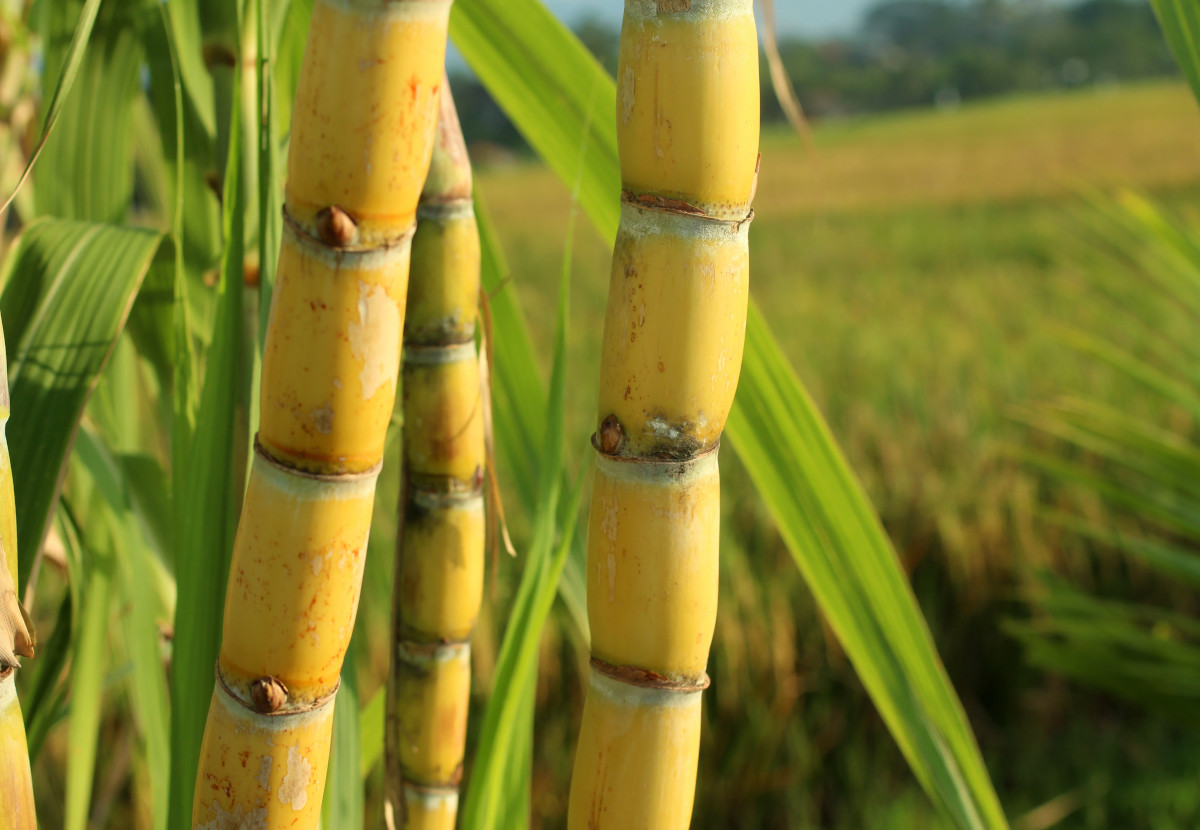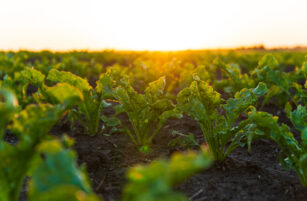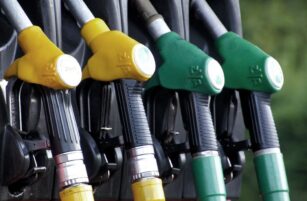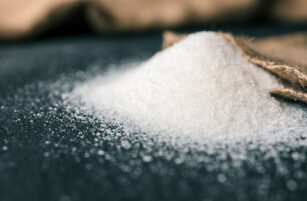Opinions Focus
- Low lying fields have been hit by late rains.
- In some areas topsoil has been washed away and cassava affected.
- Wet weather may delay the start of cane harvesting.

What have you been up to?
I’m still preparing my land. I’ve also started to harvest some seed cane from my own fields so that I don’t need to buy as much new seed cane this year.
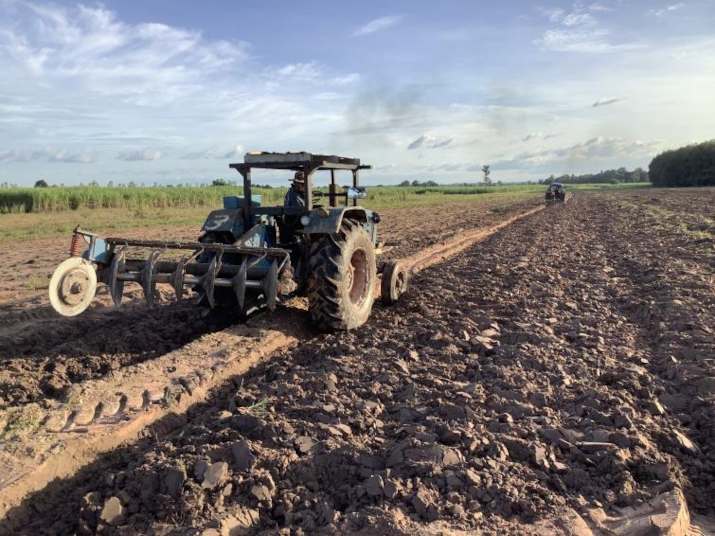

Through all of this I’ve also continued to harvest my cassava.
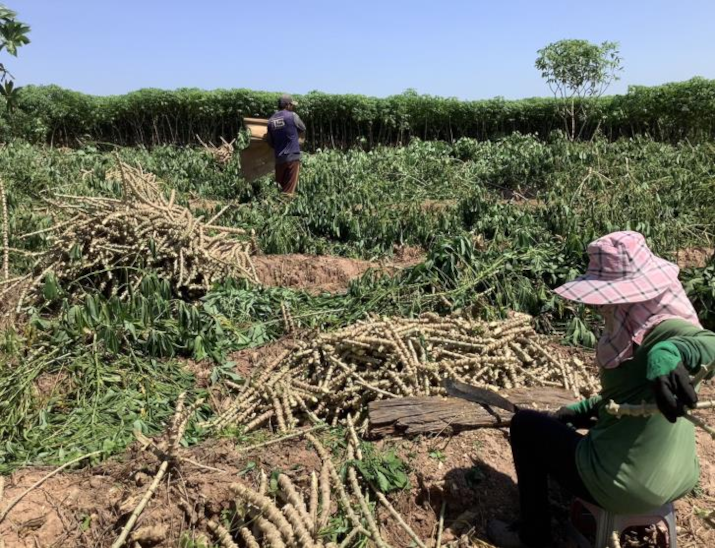
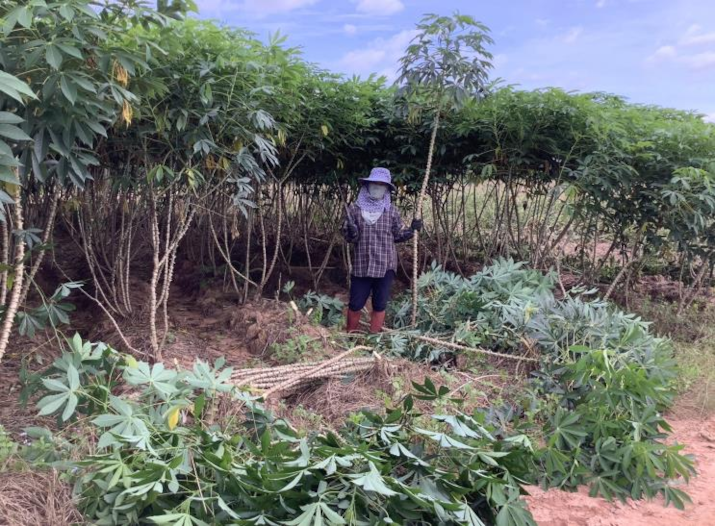
What stage is your crop at?
The cane planted in high land is healthy and able to achieve a higher agricultural yield than I’d expected.
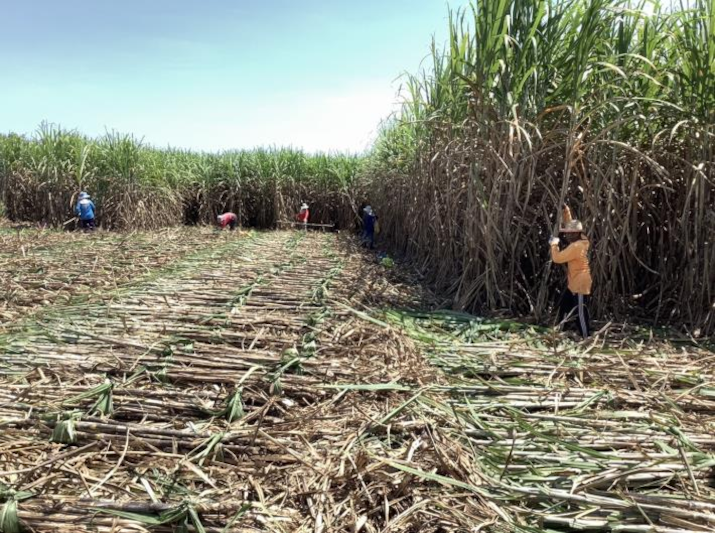
On the other hand, the cane planted in low land were flooded given the high amount of rainfall from the past month. I expect further rain this year which risks more damage to cane.

The flooding is also now affecting my cassava. Cassava itself has less flooding tolerance compared to cane. This led to lower starch content, and some have become rotten and can’t be harvested at all.
What’s your biggest concern?
As flooding has caused a lot of problems already, it has left the scar on the field as its runoff has eroded the soil. This has washed all the significant nutrients (topsoil) away.
Also, the harvesting season which will start in a month’s time could be very difficult as the muddy soil will make it hard for the cane harvesting machine to access into the field. The delay of the harvesting may lead to the stood over cane.
Thailand has just announced the provisional cane price at 1,040 THB/mt for 22/23 crop season compared to its previous year at 1,070 THB/mt. The lower cane price and high cost of production means I’m wondering whether I should keep expanding my cane area in 2023 and 2024.
